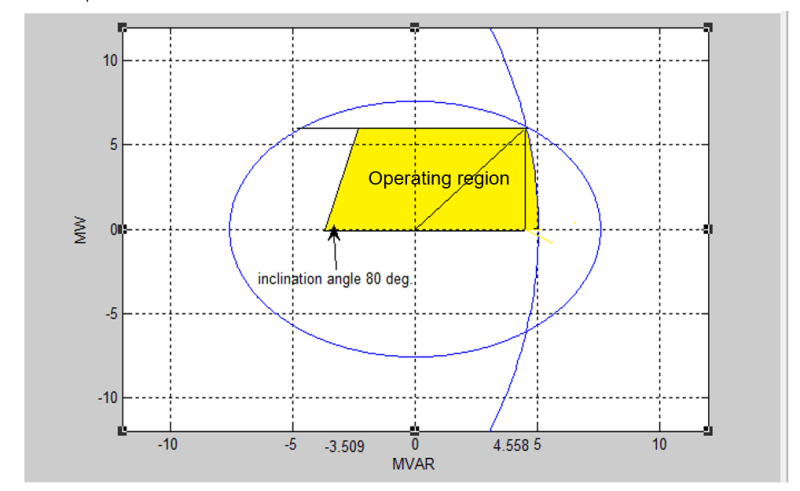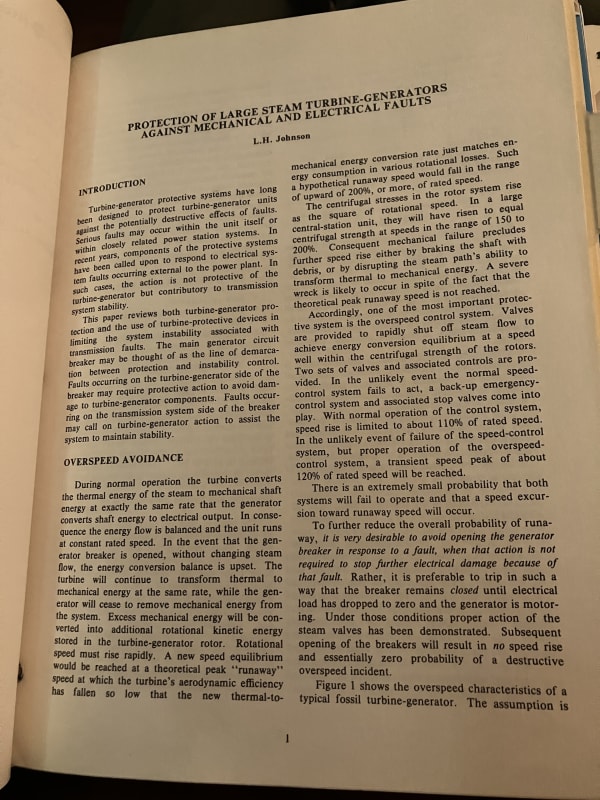Shark96
Electrical
- Feb 24, 2015
- 42
For a steam driven turbo-generator, which protection is better for normal shut down procedure: Reverse power or low forward. The generator manual does specifically say to shut down the unit on low forward. Are there any disadvantages to using low forward tripping during normal shut down?


